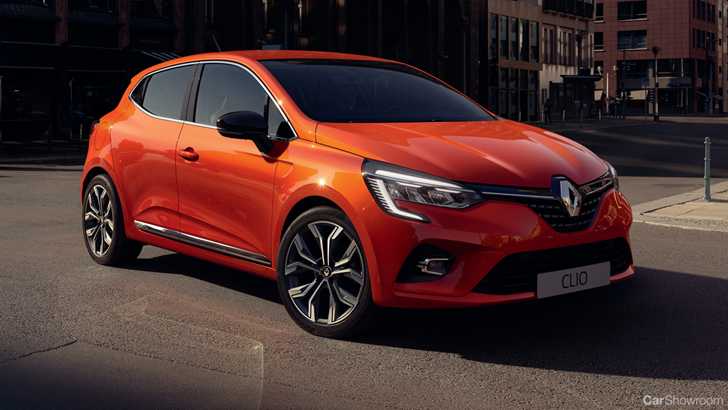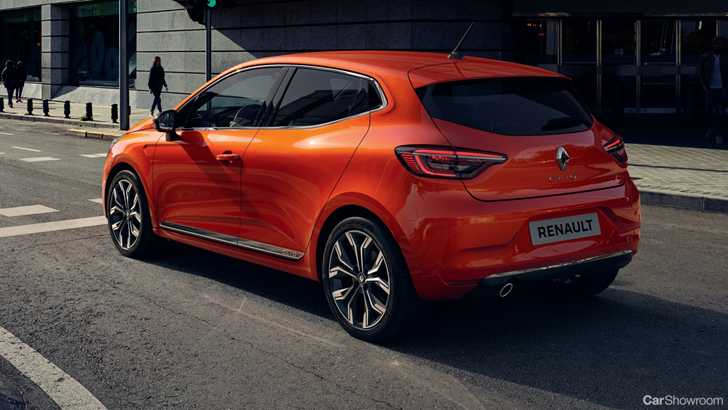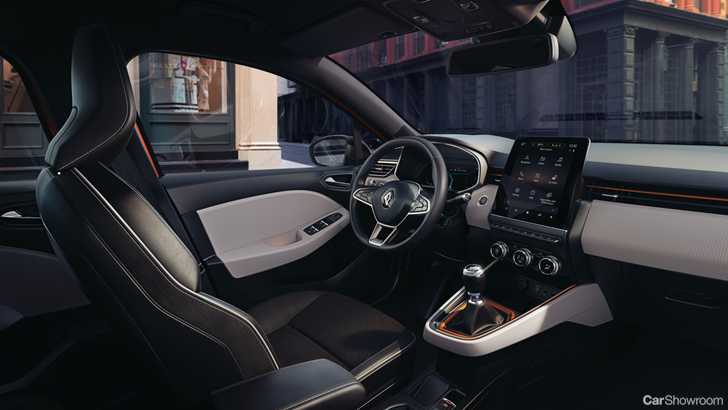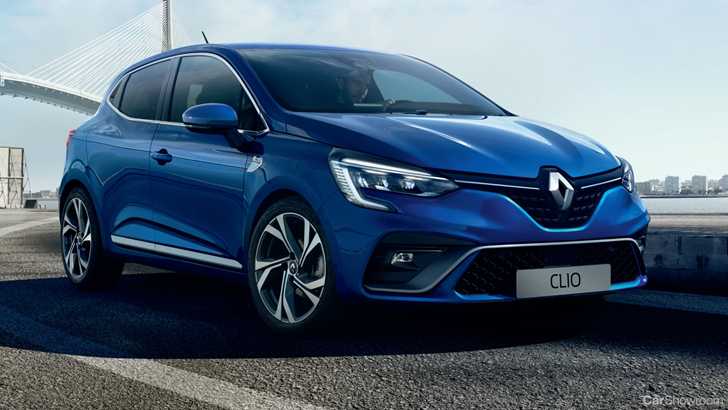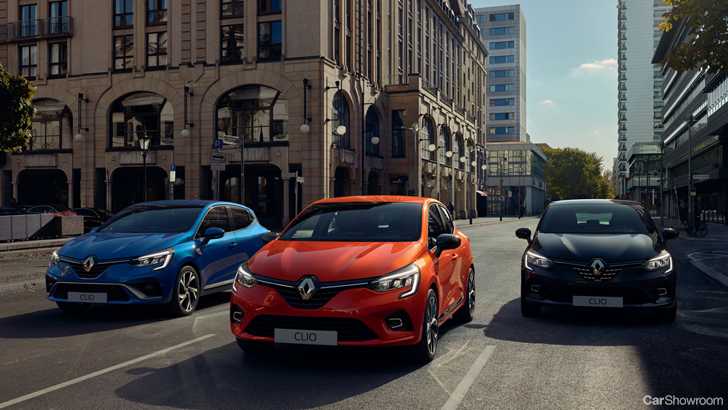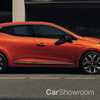On paper, the MkV hatch looks hard to beat.
French carmaker Renault has evidently, with the launch of the new-generation 2019 Clio hatchback, taken all we loved about the previous Clio and fixed all the things we hated with one fell swoop. It’s smaller outside, bigger inside, lighter all-round and features modern technology wrapped up in an expressive, evolutionary design language. We already like what we see.
The Renault Clio has been a massive success for the company, with the four previous iterations always rising steadily in popularity (and by extension, sales). The fourth-generation model for example gained more and more ground between 2012 to 2018 so much so that, by the time it retired, it became the 2nd best-selling car in Europe.
Renault thinks that this is largely down to the design of the thing, which the company says allows the Clio to not only fare well among its direct competitors, but also with cars from a segment larger (or indeed a different segment altogether). As such the new Clio wears a suit that’s evolutionary rather than revolutionary, fitting it neatly within the ranks of other lookers in the current Renault range and setting it apart from its competitors.
The sharp, full-LED headlights with prominent downwards ‘claw’ are absolutely stunning, while the cleaner surfacing down the flanks gives the Clio poise & muscularity. Moving to the rear, the taillights feature a C-shaped element of their own, mimicking the front, though the rear treatment altogether is pretty pleasing to look at.
Inside, the designers have been a bit more brave to rock the boat, integrating a 9.3-inch portrait-oriented touchscreen right on the centre stack, with a complimenting digital instrument cluster (with sizes between 7- to 10-inches across). Renault claims that major improvements were made inside with better material quality, better build quality, and greater refinement. We won’t take that at face value though – when we test it out ourselves, we’ll let you guys know what that’s like.
Intelligent design is to thank for things like the 26mm-improved rear legroom, larger glove box, and 391L boot (up 26L). The Clio will also be available with a variety of advanced driver assist features and infotainment conveniences, though the priority for Renault was to ensure that such features were easy to use. Hence the separation for example of the HVAC controls from that central screen, despite full-integration being the theme of the day.
New for this generation is the arrival of an RS-Line, which replaces the half-hot GT-Line trim. As per usual, you’ll find more aggressive bumpers on either end, 17-inch alloys, a prominent exhaust tip, and an interior fitted with sports seats & aluminium pedals. The ride is also a little bit lowered and a little bit stiffer, which always bodes well.
The fifth-generation Renault Clio launches with three engines, each with two states of tune. There’s an atmospheric 1.0-litre petrol mill (in 48kW & 55kW flavours), a turbocharged version of the same engine (with 73kW or 96kW on tap), as well as a 1.5-litre turbodiesel which we’d stay well away from (though you can have it in either 62kW or 85kW guises). Come 2020 there’ll be a hybrid too which Renault says will “drive like an EV” and run like an EV about 70% of the time in town.
It hasn’t yet been confirmed by Renault Australia for our market, let alone how we can expect to receive it. That said, the Clio is a sharp looking proposition with plenty of tech and punch to match the looks which, in theory, should make it a solid winner here. Come on Renault, you know you want to.
For the best deals on a new Renault, check out our Showroom.
